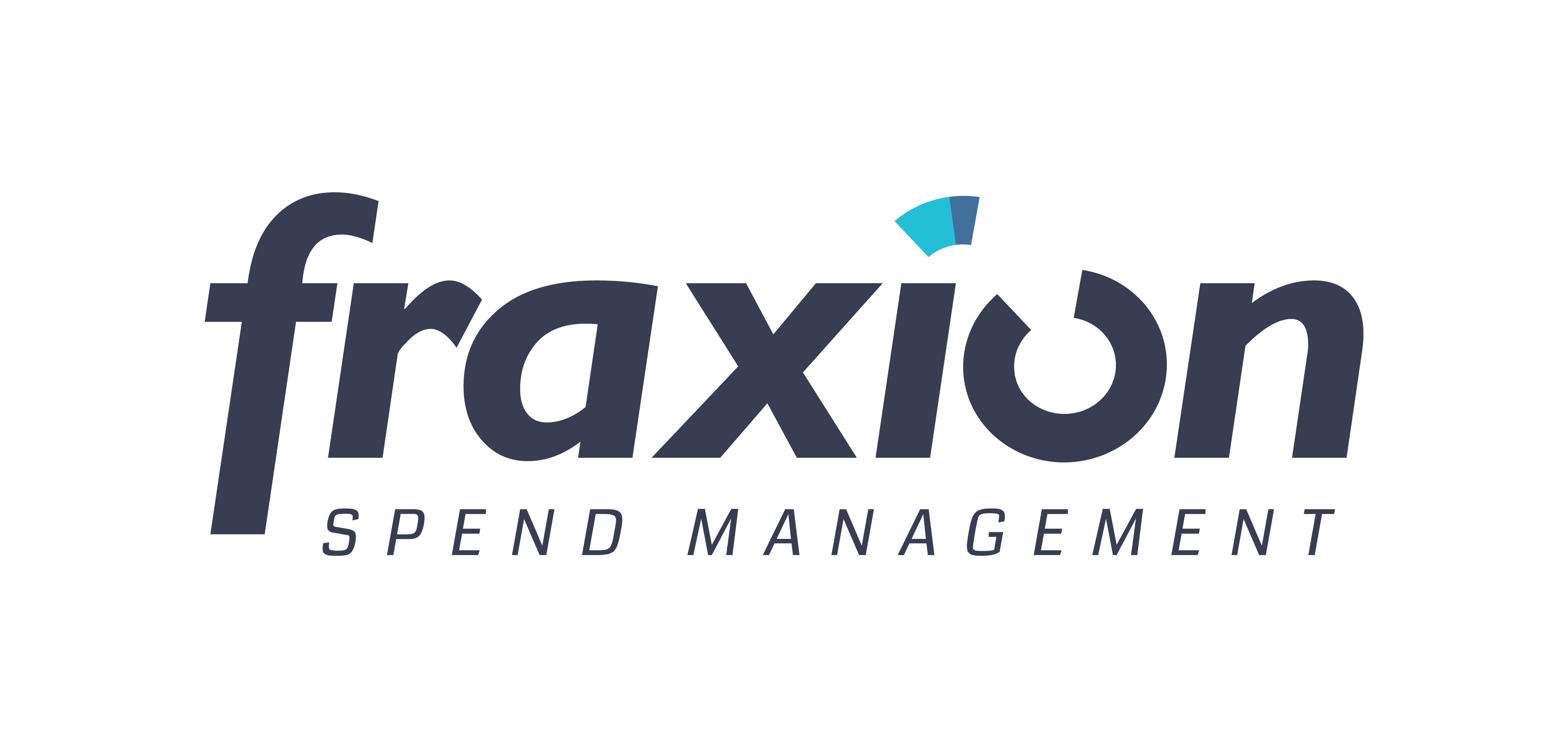
Stanton Jandrell
Special to the Philanthropy Journal
By Stanton Jandrell, CEO of Fraxion
There are 29 different types of nonprofit organizations, but one fact holds true for all, they are operating on limited budgets. Whether relying on donations from individuals in the community or frequently seeking government funding, it’s not easy for a nonprofit to fund their numerous programs and services. Most non-profits are incredibly aware of their spend including any overhead costs or other expenses going out the door, and work to eliminate costs wherever they can — which is understandable when you consider that 66.3 percent of nonprofits have a budget of less than $1 million. This may not seem very small, but the typical organization spends anywhere from nine to 12 percent of their annual revenue on marketing alone.
 Having proper and effective spend visibility is essential for the success of a nonprofit because it ensures that all donations or other assets are allocated properly. Spend visibility provides organizations with insights into the overall budget and a complete, visible trail of each expense or allocation of any funds. This also ensures that all laws and regulations are met since there is a real-time, visual report for spend in place. Nonprofits are in a uniquely difficult position where they not only have to meet specific government regulations, but must also maintain a degree of trust with donors who desire insight into budgets and like to have proof and understanding of where their money is going. Here’s a look at the top three reasons why nonprofit organizations need to pay attention to spend visibility to be truly successful.
Having proper and effective spend visibility is essential for the success of a nonprofit because it ensures that all donations or other assets are allocated properly. Spend visibility provides organizations with insights into the overall budget and a complete, visible trail of each expense or allocation of any funds. This also ensures that all laws and regulations are met since there is a real-time, visual report for spend in place. Nonprofits are in a uniquely difficult position where they not only have to meet specific government regulations, but must also maintain a degree of trust with donors who desire insight into budgets and like to have proof and understanding of where their money is going. Here’s a look at the top three reasons why nonprofit organizations need to pay attention to spend visibility to be truly successful.
Immediate budget and spend insights
According to the 2019 Giving USA report, Americans gave $427.71 billion to charity and nonprofit organizations in 2018 alone. People love to donate and support organizations they believe in, which requires clear, organized money and donor management by nonprofits. Spend management software can be used as a completely internal tool to provide immediate insight into spend and budgets, or can also be made available externally so donors and others can find a visual representation of where their money is allocated and used. This helps to foster trust and build long-term relationships with supporting parties.
These systems also have the ability to shift spend management to spend enablement because of their easy access, often utilizing cloud capabilities to create a remotely available environment. If a service is in high demand in the summer months then more money may be allocated to that fund during a particularly busy time of year. With spend visibility technology in place, employees can access the system at any time and from any place to take actionable steps and make it happen.
Keep up with regulations and stay compliant
While every type of business deals with various laws and regulations, nonprofits also have specific standards they must uphold. For example, some basic good governance policies include maintaining corporate minutes, approving their CEOs salary and even disclosing the three most recently filed annual returns with the IRS to the public. The IRS is highly involved with the regulation of nonprofits, specifically under the 501(c)(3) IRS code. Luckily, spend management software can help manage these various regulations and keep a nonprofit compliant. By providing visibility into specific funds and accounts, as well as helping to provide a detailed outline of any and all spend to the IRS, issues are avoided and controls are easily put in place to keep all operations regulated, legal and up to date.
Get the most out of your budgets
Nonprofits, especially larger ones, offer a variety of services and programs that donors and other individuals can support. The Salvation Army is a perfect example. The Salvation Army builds local programs all over the country that invest in the community by addressing the specific needs of the area. Whether that means assisting those who are unemployed, fighting hunger or even helping to provide a better education system, there are various employees, funds and programs that need to be managed. A comprehensive spend management system allows for easy connection of all these different geographic areas and ensures that donations go to the proper place.
It also allows money to be allocated to other funds that may need extra support during times of high demand. For example, one program within the Salvation Army focuses on providing shelter for the homeless. During the winter months, more people are seeking shelter from the often treacherous conditions. With a spend management system, funding can easily be redistributed from a stable account to the shelter fund to help meet the demand during this period. This allows for nonprofits to more effectively balance their budgets throughout the year.
There are obviously many factors that come into play when managing a non-profit organization. Everything from government regulations and effective budget management, to building trust with donors and maintaining a level of transparency are key to success. Spend visibility is vital and can act as a driver to maximize funding and keep operations efficient.
Stanton Jandrell is the Co-Founder and CEO of Fraxion, the only cloud-based procure-to-pay solution for efficient business expense management in the mid-market. With a demonstrated history of working in the computer software industry, along with skills in enterprise software, customer relationship management and SaaS, Stanton continues to establish Fraxion as a significant innovator in the industry shifting spend management to spend enablement.





